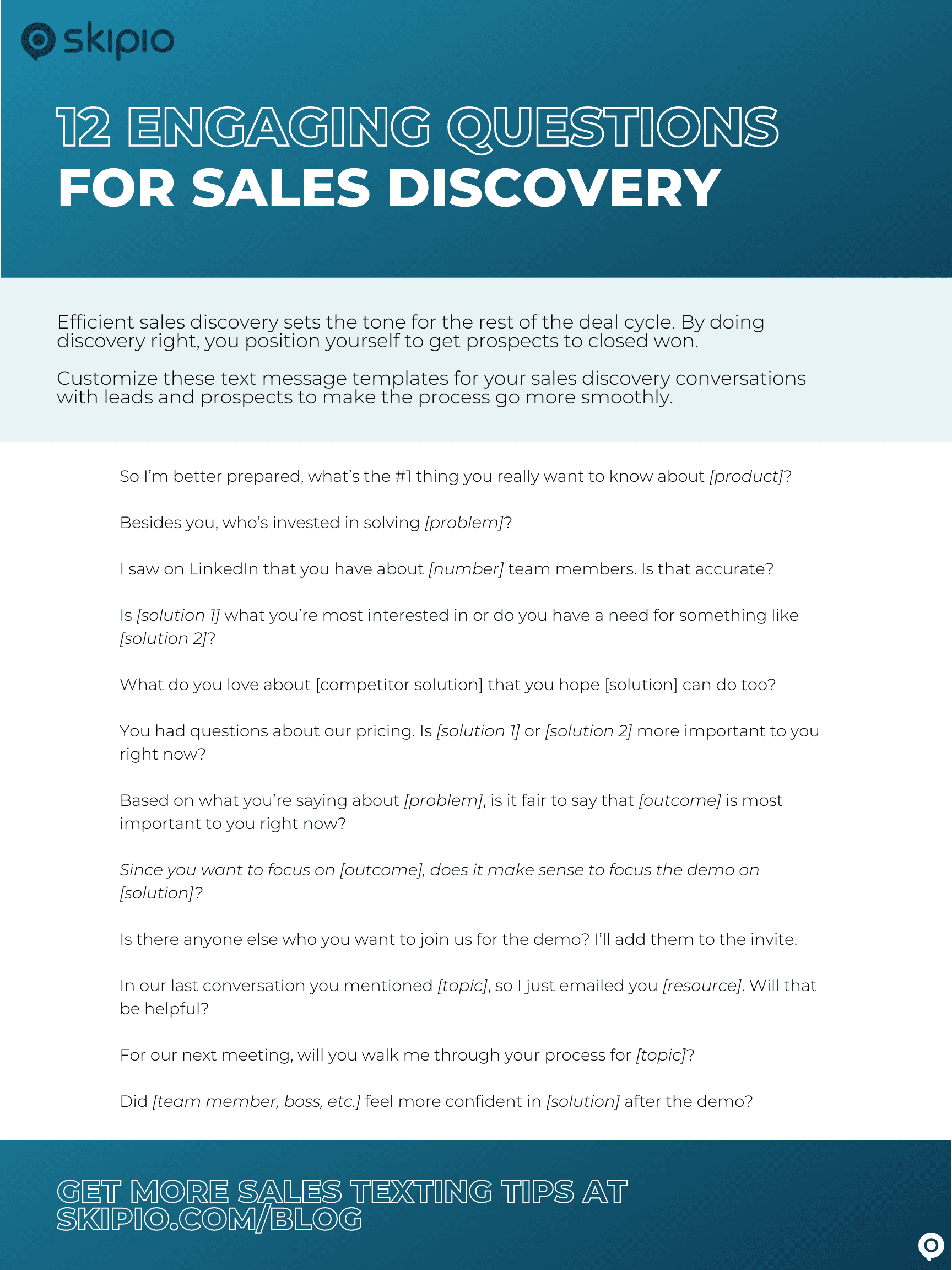How we use and interact with our sales tools matters so much more than the exact software in our sales stack. But getting to the point where you have tools that everyone willingly uses isn’t like flipping a switch.
So at this month’s Utah Sales Meetup our panel tackled the process of building and fine tuning the sales stack.
Here’s the top 4 takeaways from the panel and Q&A featuring Ryan Bott (Sodexo), Kurt Mortensen (Advanced Influence), and Kaili Spear (JobNimbus) — moderated by Donald Kelly from The Sales Evangelist.
1. Creating a robust sales stack vs. a decent sales stack
Donald immediately jumped into asking direct questions, including whether it’s really the solution to make a sales stack robust.
“Do we have to keep throwing more technology at sales? That debate rages on,” he says.
So maybe instead what we need is simply a decent sales stack.
For Ryan Bott, who currently leads global revenue at Sodexo, every tool added to the sales stack has to help people be more productive and/or help grow pipeline.
But it’s a balance. Because doing something that adds to pipeline without enabling his teams to hit their qutoas isn’t real growth.
There has to be a sales stack strategy. You need to put in the time and effort to make sure whatever you’re adding is actually going to make people’s jobs easier.
As someone who works on the marketing side of things but collaborates closely with sales, Kaili insists that “If I add a tool, I have to take steps out of the process.” That’s how she gets buy-in from the sales leaders and reps at JobNimbus.
“It doesn’t matter what the tool is. If you have a solid tool that everyone buys into? That’s where you succeed.”
Without the buy-in from the team, a robust sales stack isn’t happening whether you want it to or not.
“You need to sell your team on your tools. Help them understand the why,” adds Kurt.
2. Building a sales stack that your team will love
People say all the time that sales and marketing need to work together. So how do we make a decent stack that everyone loves?
Again, both Ryan and Kaili focused on generating mutual buy-in to get people using tools that make work easier. But how do you generate that buy-in?
To help build a sales stack that the JobNimbus team will actually use, Kaili’s mentality can be summed up as “Here’s how we both win.” By showing people the plan, the goal, and the potential results from the very start, people more eagerly try out her ideas.
“[The sales reps] know I’m not just asking them to waste their time,” Kaili says. “We have the same vision and they know exactly why we’re doing something.”
Ryan adds that getting reps and managers involved as early as possible in the choice to add a new tool generally results in greater adoption. Everyone needs to know the “why” if you want any consistent usage of your sales stack.
Part of that includes addressing exactly what your team needs internally. What are their problems? How can you solve them with a tool? Give them that tool, clearly showing you understand their challenges, and your sales stack will get used more heavily.
But adding software can’t be a band-aid for other problems. Kurt’s expertise in training shines through here.
“We have all this technology but can they sell? We put a band-aid on with tech and we miss out on enhancing people. Software won’t make you a better closer.”
Don’t put all your emphasis on the tools without enabling and empowering the actual users. You must prepare them to sell and succeed separately from whatever technology you want them to use.
3. Deciding if a tool is worth keeping in your sales stack
There’s never going to be one specific benchmark that indicates the time to ditch a tool in your sales stack.
“At some point you have to agree you have sunk costs. But when do you move on? You’re making me think right now which technology to cancel,” Ryan says.
Terrible usage is one key indicator you can often rely on.
“When someone on your team is not spiteful enough to prove you wrong” about pulling the plug, Kaili says is one of her indicators.
Kurt agrees, saying that “someone on the team needs to show the rest of the team that the product works.” You have to use your own sales techniques to “sell” to the salesperson.
Beyond usage, you need to determine what results you’re hoping to see from a tool. If after a set timeframe your team can’t produce those results, that’s another reason to let a contract end (or cancel early if it’s bad enough).
“Sales people do chase tennis balls … We kind of want the shiny object,” Ryan admits.
So track usage, performance, and excitement about a tool. From those variables you can better determine whether you’re getting distracted by the shiny object or actually using something that increases productivity and conversions.
4. Knowing what you actually need in your sales stack
Beyond a CRM that basically everyone needs to use, there’s no singular answer to what every sales team needs.
Kaili reiterates that “it kind of doesn’t matter what you get as long as people want to make it work. … Your stack should revolve around what your customers need.”
The customer experience matters when choosing your sales tools. It doesn’t matter what you think your process should be if it doesn’t take into account how that affects your customers.
“Persuade people the way they want to be persuaded,” Kurt says.
Use the tools that are going to make it as easy as possible to sell to your specific audience over and over again.
If you insist that your team only calls and emails, but your prospects would prefer you text them, you will lose out.
If you insist that your team set meetings and use Zoom, but your customers would prefer to buy online without talking to anyone, you will lose out.
So know your customer, their pain points, and what sort of buying experience they want. Then build a sales stack that enables your team to make buying as frictionless as possible.
Related posts: What sales people like you can do to prep for success in 2022 [Utah Sales Meetup Recap]



